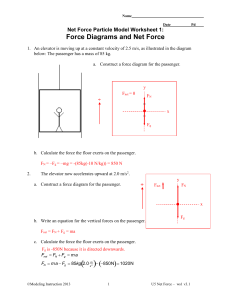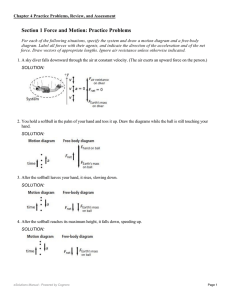

Since he comes to rest after hitting the water, the final velocity, and thus the final momentum is equal to 0.

To solve this, use Equation 2, which gives that impulse is equal to the change in momentum. What is the impulse that the water and the bottom of the pool deliver to his body during this time interval? What is the time-average force?Ħ Example Problem 1 (Solution) The first part of the problem involves finding the impulse the man experiences as his dive slows when he hits the water. When he hits the pool, he comes to rest in about.05 s. The SI standard units for average force are N, while the units for impulse are N-s or kg-m/s.ĥ Example Problem 1 A stuntman of mass 77 kg belly-flops on a shallow pool of water from a height of 11m. In this case, the time-average force is more useful: This relation gives a quick estimate of the average magnitude of the impulsive forces occurring during the collision, instead of trying to map out each change throughout the period of time during which the collision occurred. If we substitute F=dp/dt from the definition of momentum, we can transform the integral into:Ĥ Average Force More often than not, the force at each individual moment during a collision is not known. Mathematically, it is defined by the following integral: In other words, the impulse delivered by an impulsive force on a body is equal to the integral of the force over the duration of the collision.

2 Presentation Outline Understanding concepts Impulse Average Force Example Problems Problem 1 (11.1) Solution Strategy Work Problem 2 (11.11) Solution Strategy Work Problem 3 (11.13) Solution Strategy Workģ Impulse Also called Impulsive Force Impulse is defined by the 3 rd Edition Ohanian as the strong but short-lived force that two colliding bodies exert on each other.


 0 kommentar(er)
0 kommentar(er)
